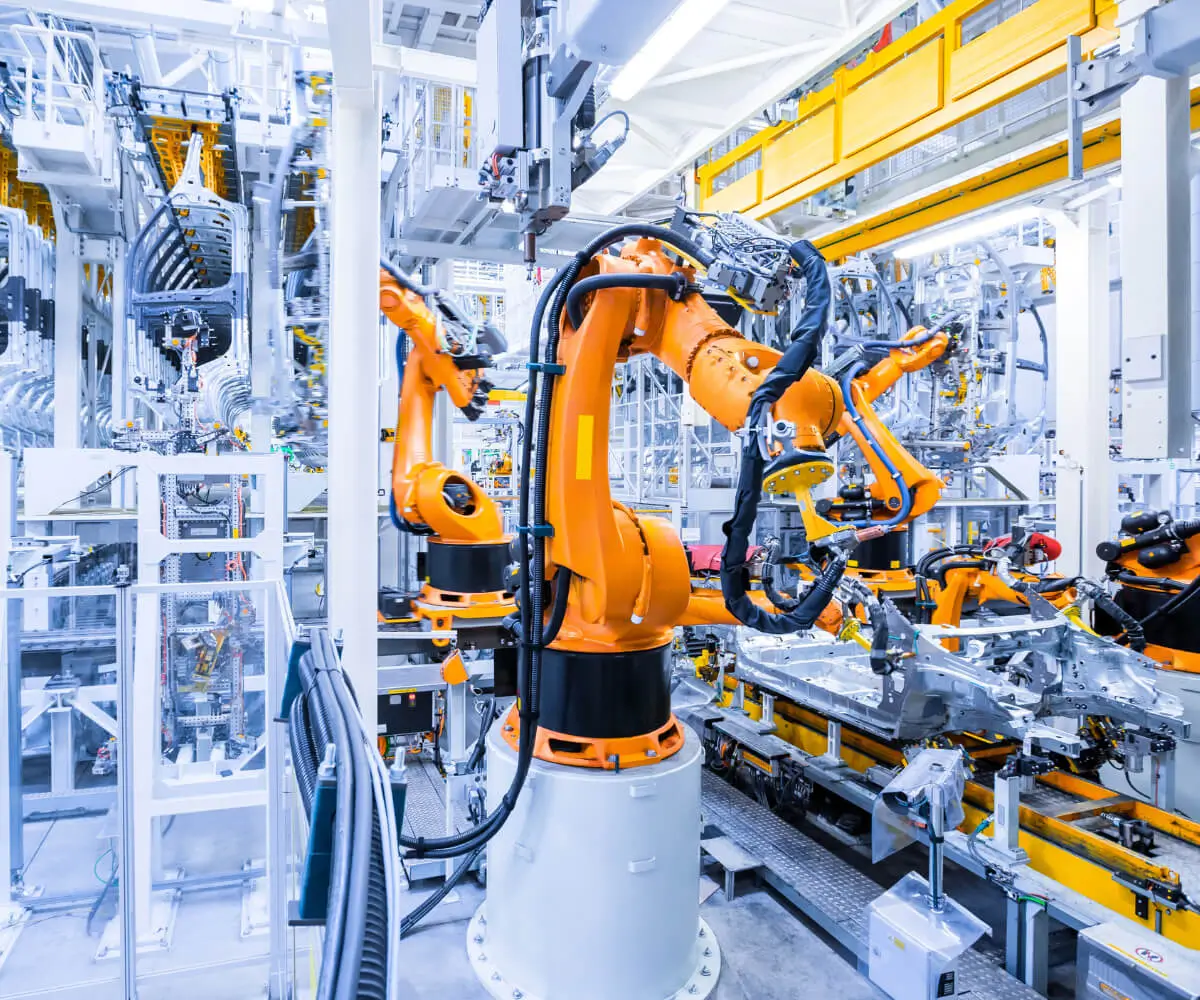Looking into the Mitsubishi J2 Servo parameters is like unlocking a whole new level of precision in automation—it's where engineering meets finesse. If you've ever wondered how to really dial in your motor’s responsiveness without getting lost in a sea of confusing settings, here's a straightforward breakdown.

First off, the Mitsubishi J2 Servo system isn’t just another component; it’s a powerhouse for manufacturing and robotic movements. The parameters? They’re the key to unlocking smooth, accurate, and efficient operation. Picture this: you’re adjusting the speed or torque settings—knowing what each parameter does can mean the difference between a jittery motion and a silky smooth glide.
Say, for example, you’re running high-precision tasks like semiconductor fabrication or delicate packaging. The J2 servo parameters allow you to fine-tune acceleration, deceleration, and control loops. Tweak them right, and you've got a system that adapts to sudden load changes—or maintains quiet steadiness when needed.
Here's a question that comes up often: “Can I modify parameters on the fly?” Absolutely. It’s designed with flexibility in mind. But it’s more than just flipping switches—understanding the relationship between parameters helps avoid accidental oversights that could lead to motor stalls or wear. Precision isn’t just luck; it’s knowing what to adjust and when to step back.
Now, I get it—sometimes the technical manuals might look like a foreign language. But once you grasp the basics—like setting the P-velocity loop or adjusting the D gain—things start to click. Those are the dials that impact how responsive your servo feels during critical operations. Tuning them properly can reduce vibrations, noise, and energy consumption. Why settle for rough operation when fine-tuning offers such clear benefits?
One common scenario: you’re troubleshooting inconsistent performance. You might need to reset certain parameters to factory defaults or recalibrate your system to match the actual load. It’s about understanding what’s adjustable and what’s set in stone by the machine’s design. This flexibility can save tons of time during upgrades or repairs.
People often ask, “What’s the trick to mastering the J2 servo parameters?” Practice makes perfect. It’s about patience, testing different configurations, and watching how your system responds. Spend some time getting familiar with the feedback loops and how the adjustments improve motion quality. That hands-on approach is what truly counts.
In the end, the Mitsubishi J2 servo parameters give you power over your machine’s behavior. It’s not a black box—it’s a toolkit to get the most out of automation. Understanding their purpose helps you optimize speed, accuracy, and lifespan without having to push the machine to its limits blindly.
So, if you’re serious about refining your control systems, diving into these parameters isn't just optional; it’s essential. After all, precision isn’t just a feature—it's the foundation of reliable, efficient manufacturing.
Leveraging innovations in modular drive technology, Kpower integrates high-performance motors, precision reducers, and multi-protocol control systems to provide efficient and customized smart drive system solutions.




































